In a dramatic turn in Mideast diplomacy, Hamas and other Palestinian stakeholders appear increasingly inclined toward accepting former President Donald Trump’s 20-point Gaza ceasefire plan, according to regional negotiators briefed on the matter. The proposal—which was unveiled jointly with Israeli Prime Minister Benjamin Netanyahu—aims to halt hostilities, arrange a large-scale hostage release, and chart a pathway to new governance in Gaza.
Key Features of the Ceasefire Plan
Under the blueprint, a full ceasefire would be implemented swiftly, with all hostages (whether alive or deceased) to be returned within 72 hours of Israel’s formal acceptance. The accord also calls for the release of Palestinian prisoners held in Israel, expanded humanitarian access to Gaza, and the eventual transfer of administrative control to an interim body of “technocrats” working under international oversight. Trump would serve as chair of a so-called “Board of Peace,” alongside prominent figures such as former British Prime Minister Tony Blair.
In parallel, Israel would retain perimeter security control over Gaza, while maintaining some presence within parts of the territory until all hostages have been returned. For its part, the Palestinian Authority (PA) has signaled conditional support—endorsing the plan in principle but emphasizing that it expects to play a future role in governance once certain reform benchmarks are met.
Reactions Across the Region and Beyond
The response to the proposal has been swift and varied. Key Muslim-majority states—including Jordan, Indonesia, Turkey, Qatar, Saudi Arabia, the United Arab Emirates, and Pakistan—issued a joint statement commending the U.S. role and Trump’s “sincere efforts” toward peace. These countries underscored their confidence in the U.S. as a mediator and called for a resolution that upholds the rights of the Palestinian people.
The European Council President also expressed optimism, noting positive signals from Netanyahu and underlining the urgency of seizing this window for meaningful diplomacy. Meanwhile, the United Nations High Commissioner for Human Rights welcomed anything that could halt the bloodshed, restore hostages, and open a route to sustainable peace.
Within Gaza itself, scenes of exhaustion, resolve, and skepticism prevail. One resident in Deir al Balah, displaced multiple times over the course of the conflict, declared that any proposal to stop the slaughter is welcome—even if they remain uncertain whether the plan will genuinely deliver. Another voiced frustration that despite international promises, “America is Israel,” reflecting deep-seated wariness toward U.S. involvement.
Diplomatic Dynamics and Challenges Ahead
Several diplomatic undercurrents are shaping how the plan may unfold. Egypt and Qatar have already acted as intermediaries, passing versions of the proposal to Hamas representatives and coordinating feedback. Hamas is expected to present its official response via those channels soon. Observers note that the organization’s lean toward acceptance reflects war fatigue, but also the delicate balance it must maintain between satisfying its base and ensuring any deal does not undermine its standing.
The PA’s restrained support underscores its intent to stay relevant in any post-conflict scenario, but its delayed involvement—especially given that it’s not part of the interim governing structure under Trump’s plan—could fuel tensions. Reform pledges embedded in the proposal, including commitments to multiparty elections, are likely to draw either praise or criticism depending on implementation.
From Israel’s perspective, the push to conclude the conflict on favorable terms is tempered by security realities and internal pressures. Some in Jerusalem may resist relinquishing control over parts of Gaza too quickly. The retention of perimeter security rights in the plan seeks to strike that balance.
Finally, the success of the plan depends on timing, trust, and verification mechanisms. Ceasefires risk collapse without effective monitoring. Hostage returns must be paced and safe. And with decades of conflict behind them, all parties will scrutinize every move—and its underlying motives.
Outlook: A Fragile Opportunity
At its core, Trump’s proposal offers a high-stakes gamble: a moment for all sides to agree to a break from violence and begin a reconstruction of both infrastructure and trust. Whether Hamas follows through, whether Israel upholds its commitments, and whether external powers deliver on aid and oversight will determine whether this moment marks the start of a renewed peace process—or another truncated ceasefire attempt.
In the week ahead, all eyes will turn to Doha, Cairo, and Ramallah, as mediators shuttle between delegations and public pressure intensifies. For millions in Gaza and beyond, hope hinges on this latest diplomatic pivot—not only for an end to fighting, but for a chance at reshaping the region’s future.

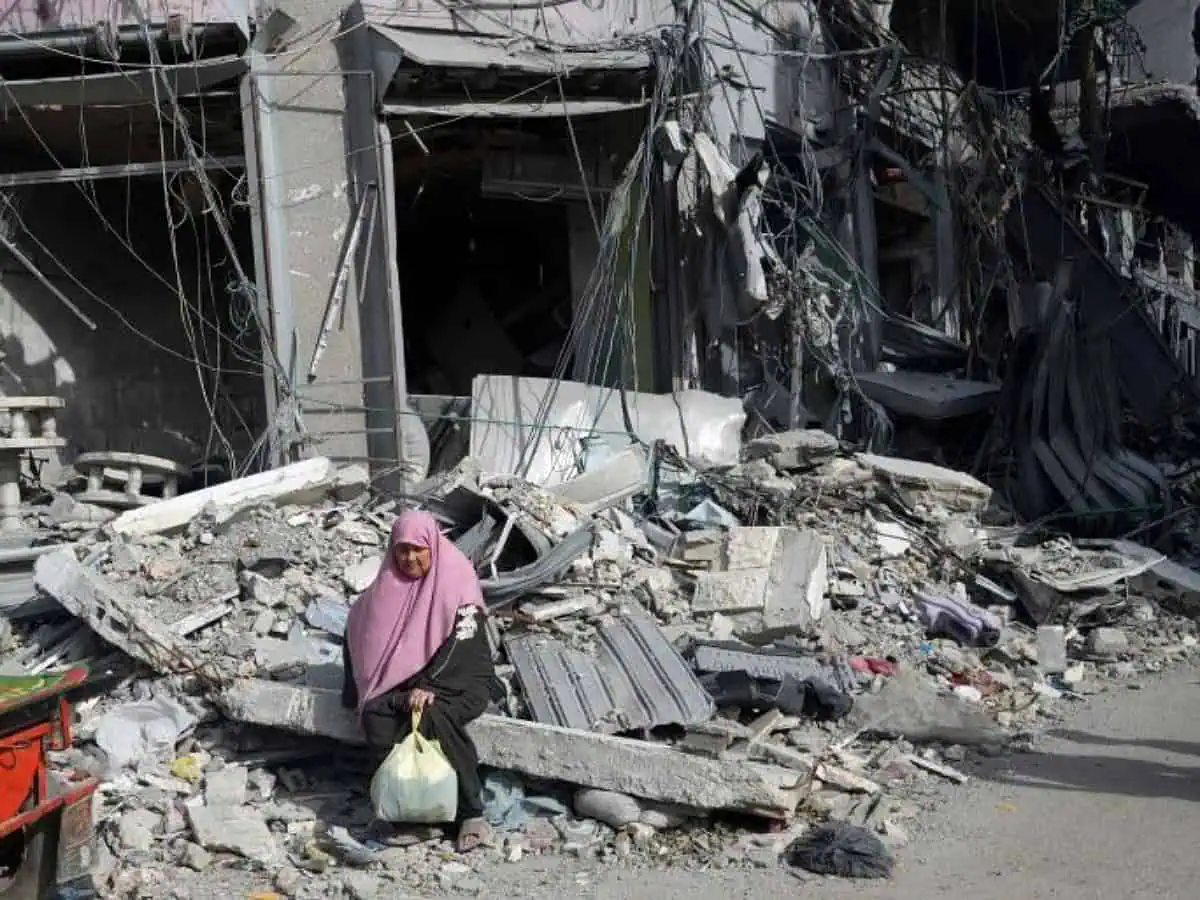
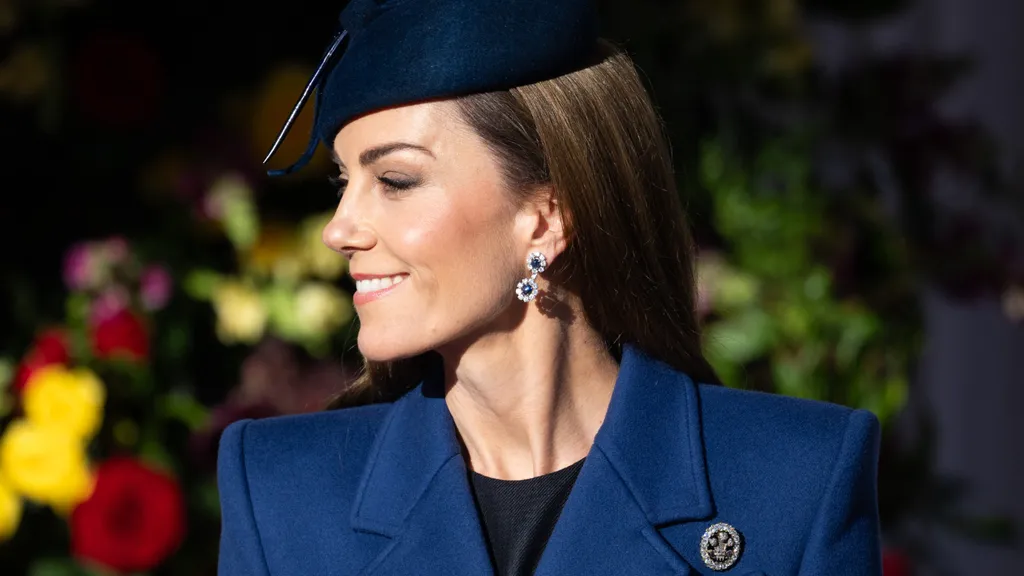
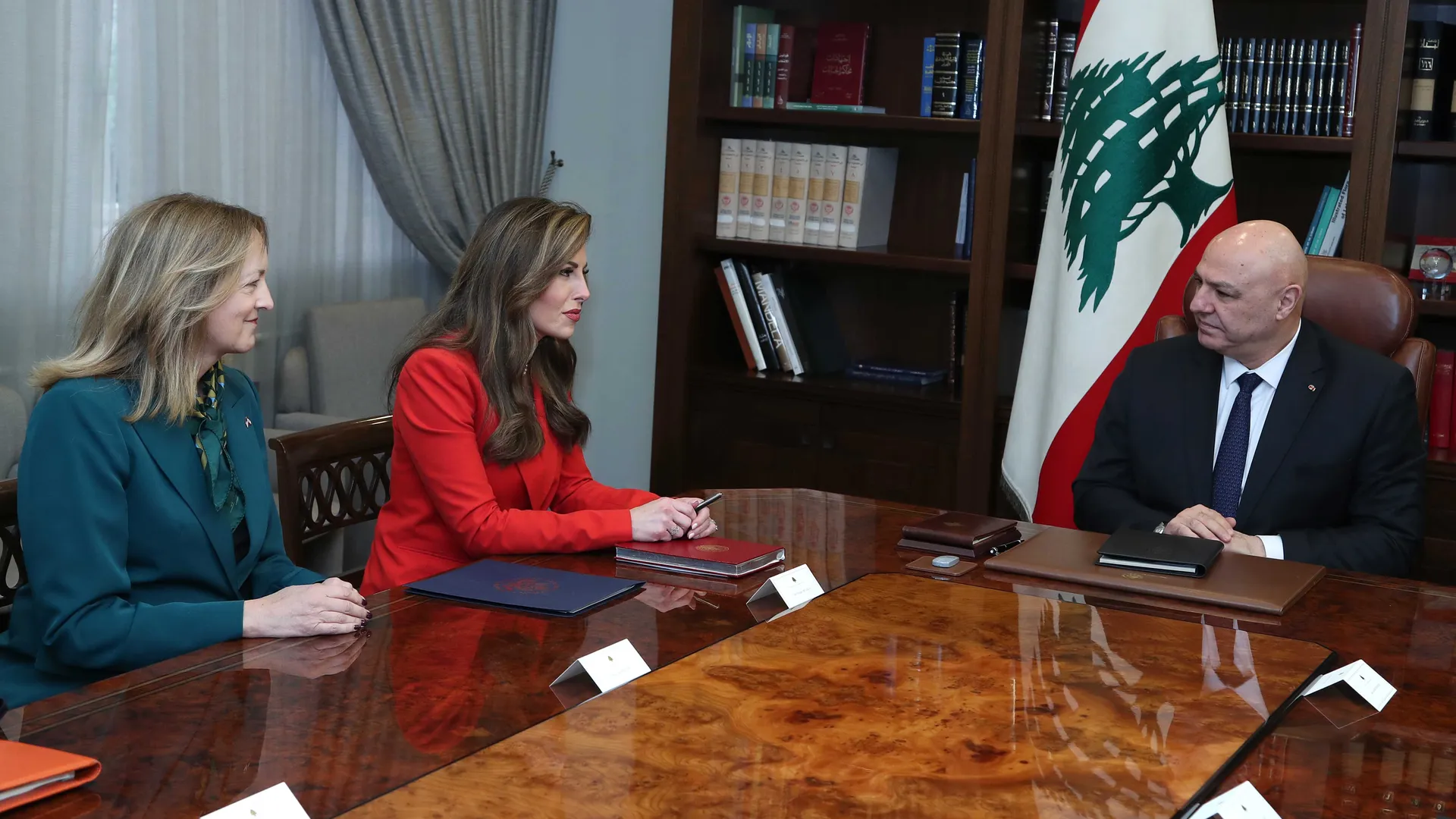

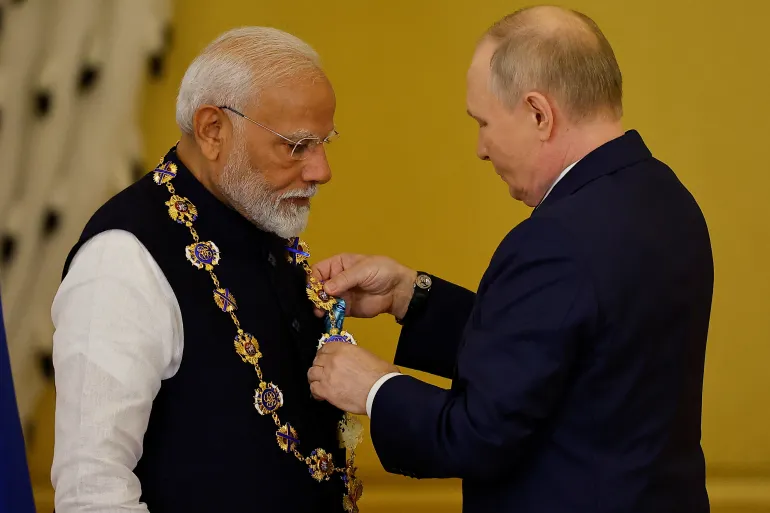
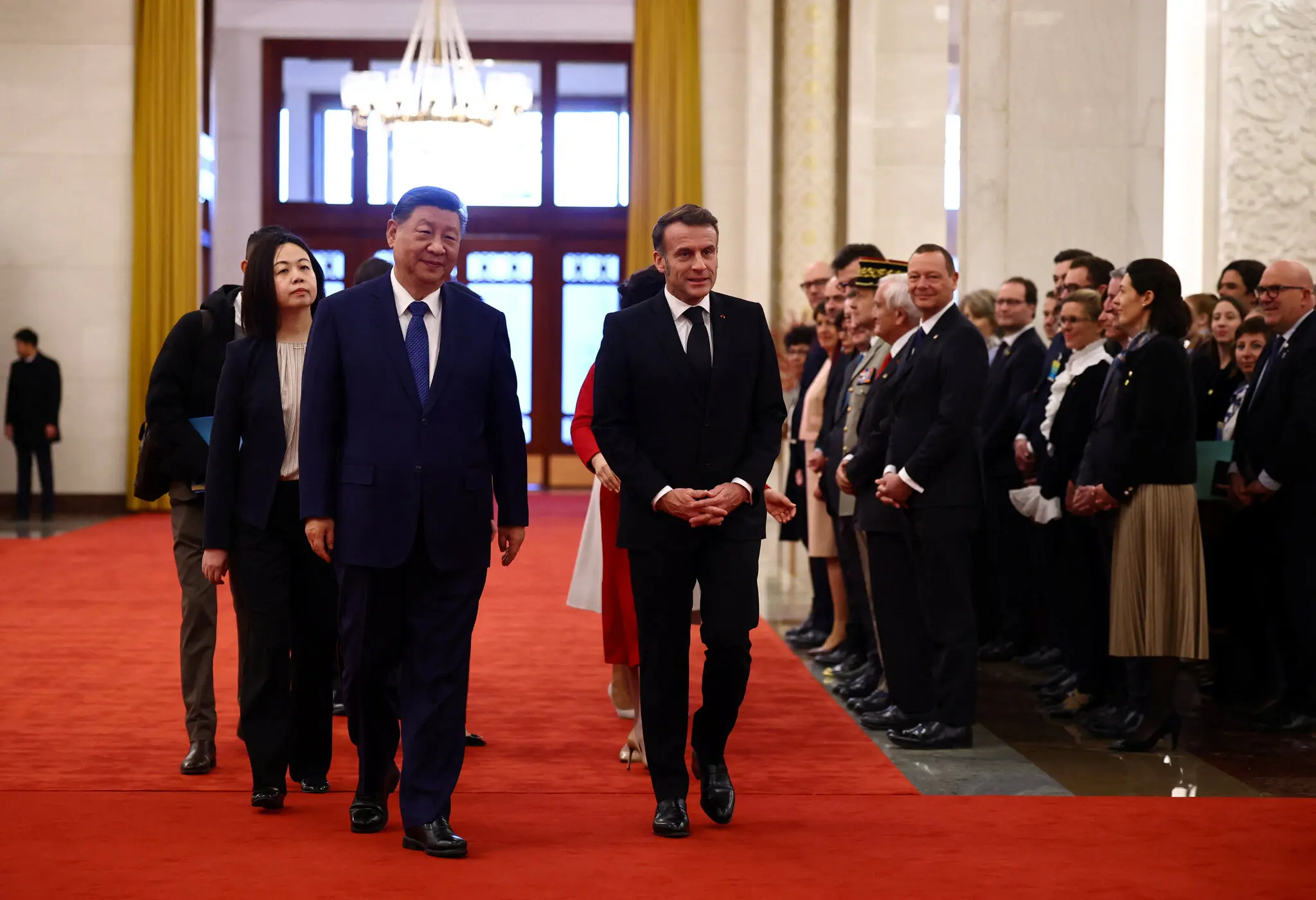

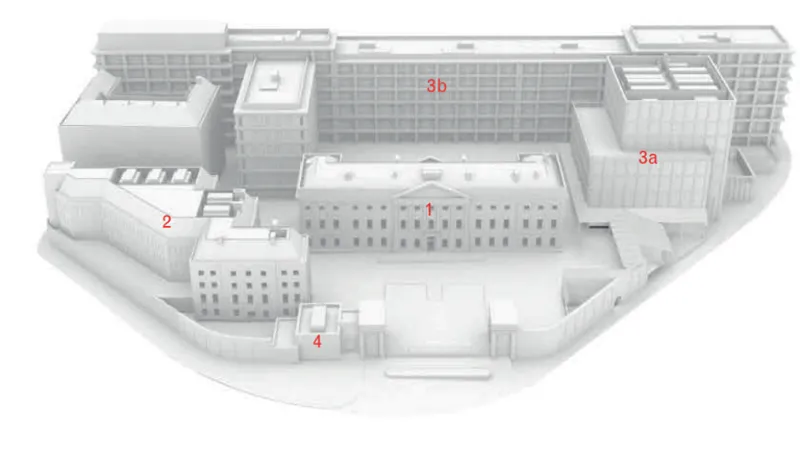


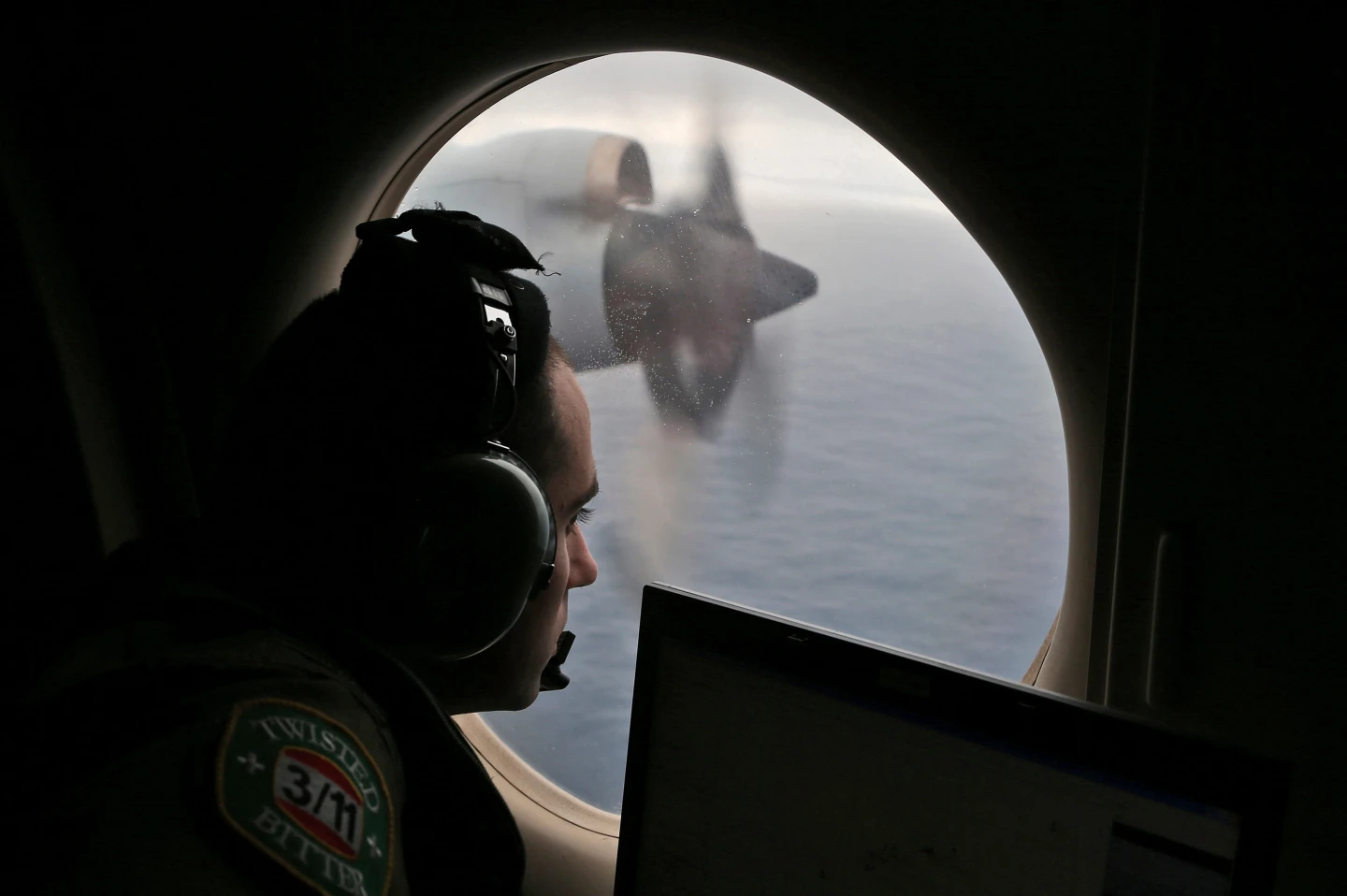




Leave a Reply